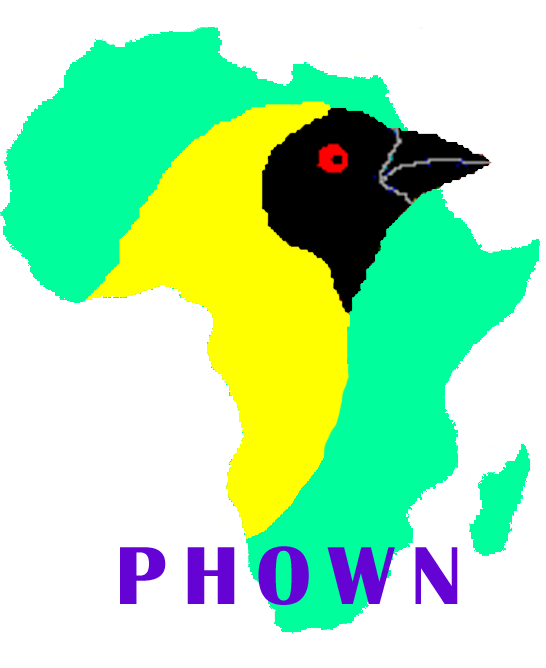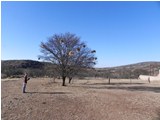Weaver news
| Okanga S, Cumming GS, Hockey PAR, Nupen L, Peters JL. 2014. Host specificity and co-speciation in avian Haemosporidia in the Western Cape, South Africa. PLoS ONE 9(2): e86382
Abstract. Host and pathogen ecology are often closely linked, with evolutionary processes often leading to the development of host specificity traits in some pathogens. Host specificity may range from 'generalist', where pathogens infect any available competent host; to 'specialist', where pathogens repeatedly infect specific host species or families. Avian malaria ecology in the region remains largely unexplored, despite the presence of vulnerable endemic avian species. We analysed the expression of host specificity in avian haemosporidia, by applying a previously developed host specificity index to lineages isolated from wetland passerines in the Western Cape, South Africa. Parasite lineages were isolated using PCR and identified when possible using matching lineages deposited in GenBank and in MalAvi. Parasitic clades were constructed from phylogenetic trees consisting of Plasmodium and Haemoproteus lineages. Isolated lineages matched some strains of Plasmodium relictum, P. elongatum, Haemoproteus sylvae and H. lanii. Plasmodium lineages infected a wide range of hosts from several avian families in a generalist pattern of infection. Plasmodium spp. also exhibited an infection trend according to host abundance rather than host species. By contrast, Haemoproteus lineages were typically restricted to one or two host species or families, and displayed higher host fidelity than Plasmodium spp. The findings confirm that a range of host specificity traits are exhibited by avian haemosporidia in the region. The traits show the potential to not only impact infection prevalence within specific host species, but also to affect patterns of infection at the community level. Ringing and sampling was done at 26 wetlands in the Western Cape; sites were visited twice (summer and winter) during 2010 and 2011. Four weaver species were included in this study: Cape Weaver, Southern Masked Weaver, Southern Red Bishop, and Yellow Bishop. These weavers exhibited a significantly higher than expected infection prevalence, while prevalences in other families were lower than expected. Southern Red Bishops and Cape Weavers were prominent hosts of both Plasmodium and Haemoproteus, and were significantly more heavily infected than other bird families. A previous paper by Sharon Okanga was reported here. Literature as featured in Weaver Watch news items |











